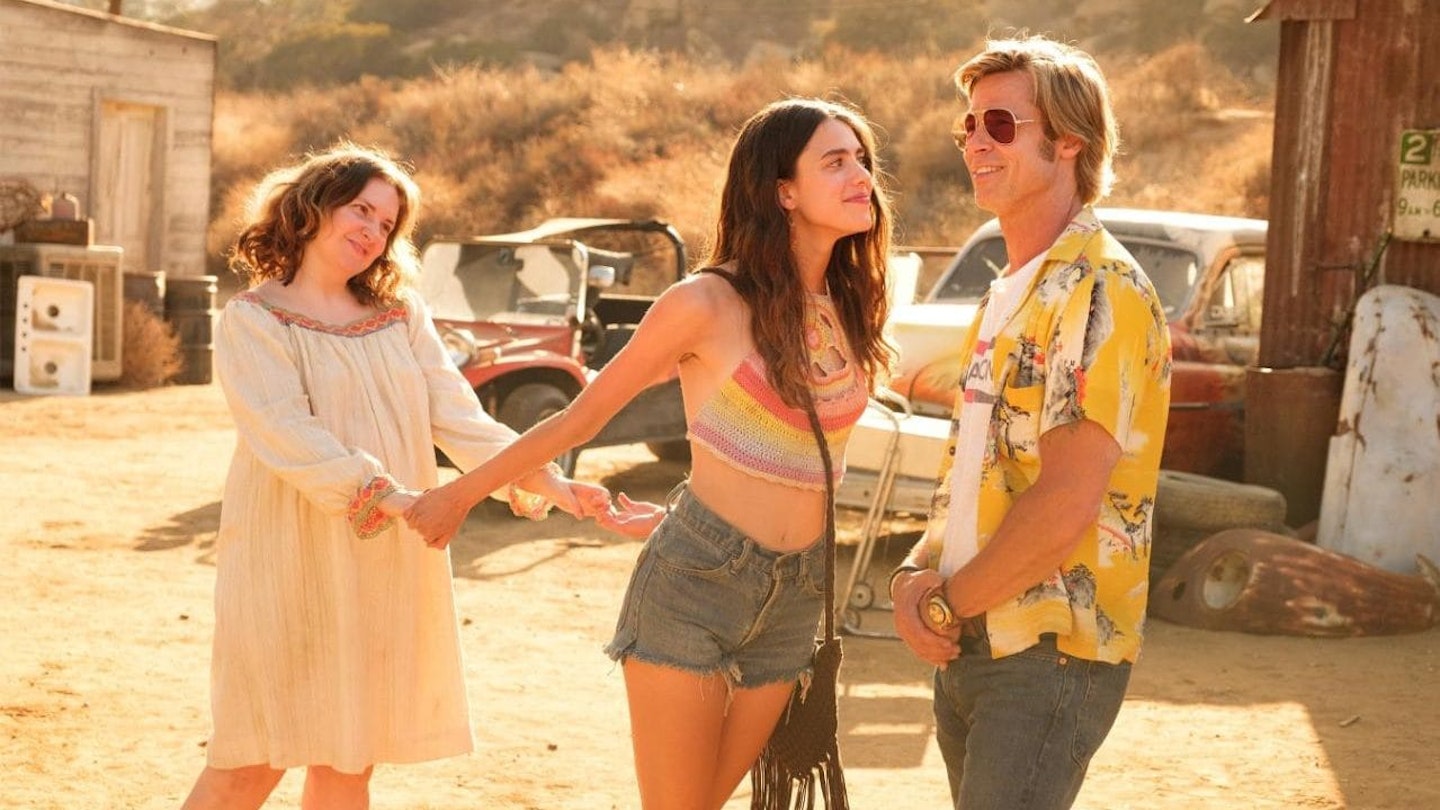Fact and fiction have a complicated relationship in Quentin Tarantino's Once Upon a Time in Hollywood. Invented characters rub shoulders with people who really lived (and live). Non-existent movies and genuine (cheekily re-cast) TV shows co-exist. And on at least one occasion, real-life history swerves off into an entirely fantastical alternate universe. Here's Empire's guide through the highways and byways of Tarantino's freewheeling imagination.
What is Once Upon a Time in Hollywood?
Once Upon a Time in Hollywood is Quentin Tarantino's ninth film (a number that counts both Kill Bill movies as one and doesn't include his contribution to Four Rooms). It's an ensemble drama with, even for Tarantino, an extraordinary cast. And it's a (largely) rose-tinted portrait of the Hollywood of the late 1960s and early 1970s: a formative era for the maverick filmmaker's imagination. He worked on the screenplay for several years, he said, "as well as living in Los Angeles County most of my life, including in 1969, when I was seven years old. I’m very excited to tell this story of an LA and a Hollywood that don’t exist anymore."
In terms of story, it's about Rick Dalton (Leonardo DiCaprio), a once successful actor who's now watching his star diminish, forced to take supporting roles against up-and-coming new talent. It's also about his stunt double and best friend Cliff Booth (Brad Pitt), a former green beret in WWII whose Hollywood career is, naturally enough, declining in tandem with Dalton's. And to some extent – though perhaps not as much as you'd expect – it's about Sharon Tate (Margot Robbie), who, along with her husband Roman Polanski, moves in next door to Dalton on Cielo Drive, leading Dalton to hope that some networking with the new Hollywood generation might be possible to revive his flagging career. The meandering story leads all three inexorably towards the night of 8 August, 1969, when a violent confrontation with the Manson Family occurs.
When is Once Upon a Time in Hollywood set?
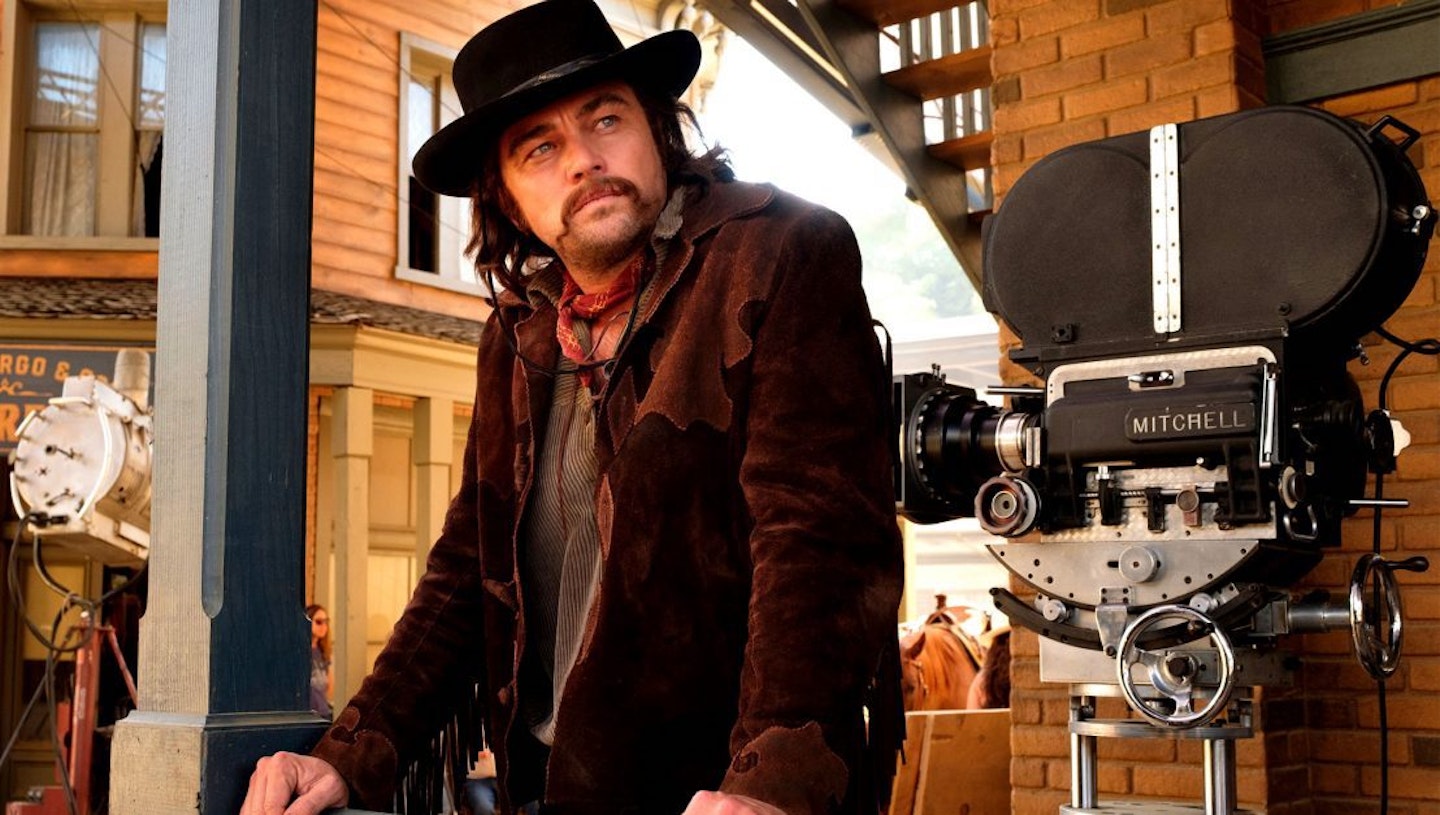
Once Upon a Time in Hollywood takes place in 1969 between February and August. In the real world, this is the period that marked the dark end of the swinging '60s, leading up to the nights on which the Tate-LaBianca murders were committed.
What were the Tate-LaBianca murders?
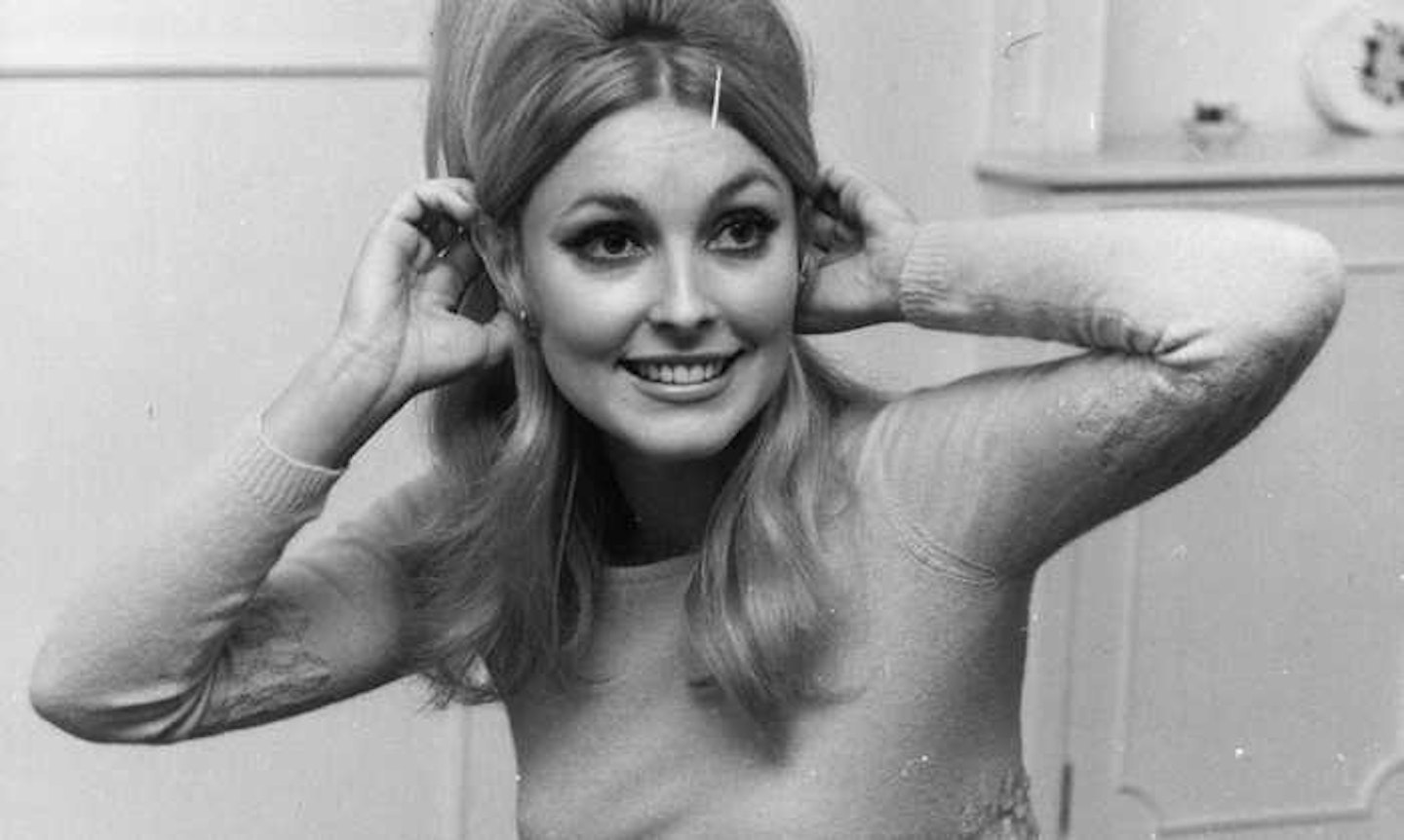
The Tate-Labianca murders took place across two terrible LA nights in 1969. Sharon Tate, Jay Sebring, Wojciech Frykowski, Abigail Folger and Steven Parent were all brutally murdered in a home invasion by Tex Watson, Susan Atkins, Linda Kasabian and Patricia Krenwinkel at a house on Cielo Drive on 8 August. The killers were acting under the influence of self-styled counter-culture guru Charles Manson, leader of the so-called Manson Family. The following evening, six more Family members, this time actually accompanied by Manson himself, butchered Leno LaBianca and his wife Rosemary at their house on Waverly Drive.
Along with the infamous Altamont Free Festival the following December (a chaotic counter-cultural music event during which several deaths occurred), these events marked a sour endpoint to the swinging '60s, particularly since Manson and the Family seemed to be part inspired by lyrics from The Beatles' White Album (the Family were preparing for an apocalyptic scenario that Manson dubbed "Helter Skelter"). There's been a morbid fascination with Manson and his Family ever since.
Why do events not play out that way in the film?
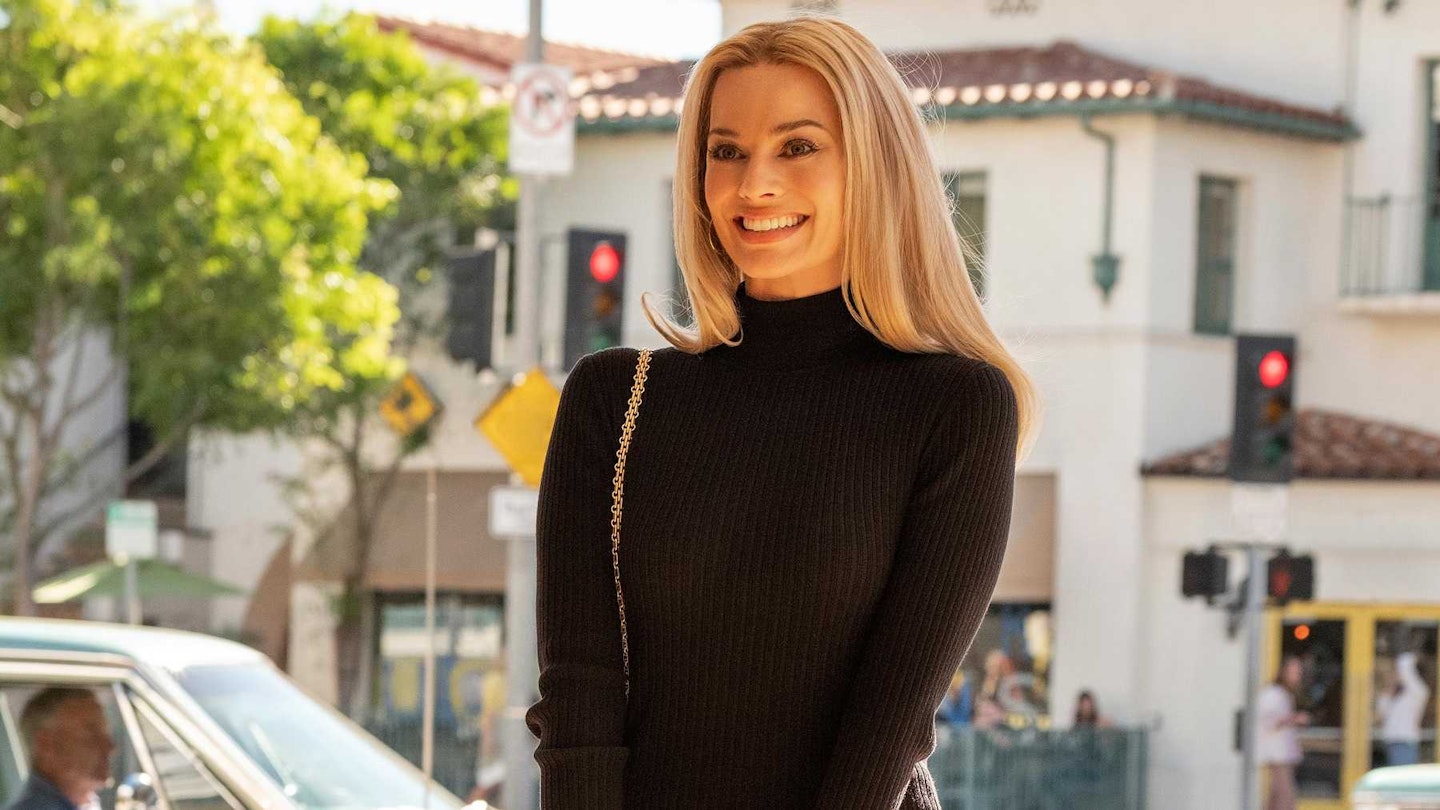
The clue is in the "once upon a time" of the title. As well as tipping a stetson to Sergio Leone's equally mythic Once Upon a Time in The West and ...in America, Tarantino is presenting a version of Tate's tragic story with a fairytale happy ending. His fiction is a correction of the horrible reality: a fantasy in which Tate's murder is simultaneously avenged and averted. Tarantino's Manson family are stripped of any dark power they hold in the popular imagination, and reduced to gullible, pretentious fools who fail in their ghastly mission and are ridiculed while doing so. And very aggressively punished.
Cliff recognises Tex and asks to be reminded of his name. "I am the devil, and I come to do the devil's work," says Tex (Austin Butler): a famous line genuinely attributed to the killer. "No," says Cliff, "it was something dumber than that." That utterly unimpressed dismissal harks back to another Brad Pitt line in another serial killer film 22 years ago: "You're no messiah. You're a movie-of-the-week. You're a t-shirt at best." The message, not to put too fine a point on it, is "Fuck the Manson Family". The end of Once Upon a Time in Hollywood is Tarantino putting reality to rights. This fiction, he's saying, is the true and correct version of events. If only.
Why is Sharon Tate sidelined in Once Upon a Time in Hollywood?
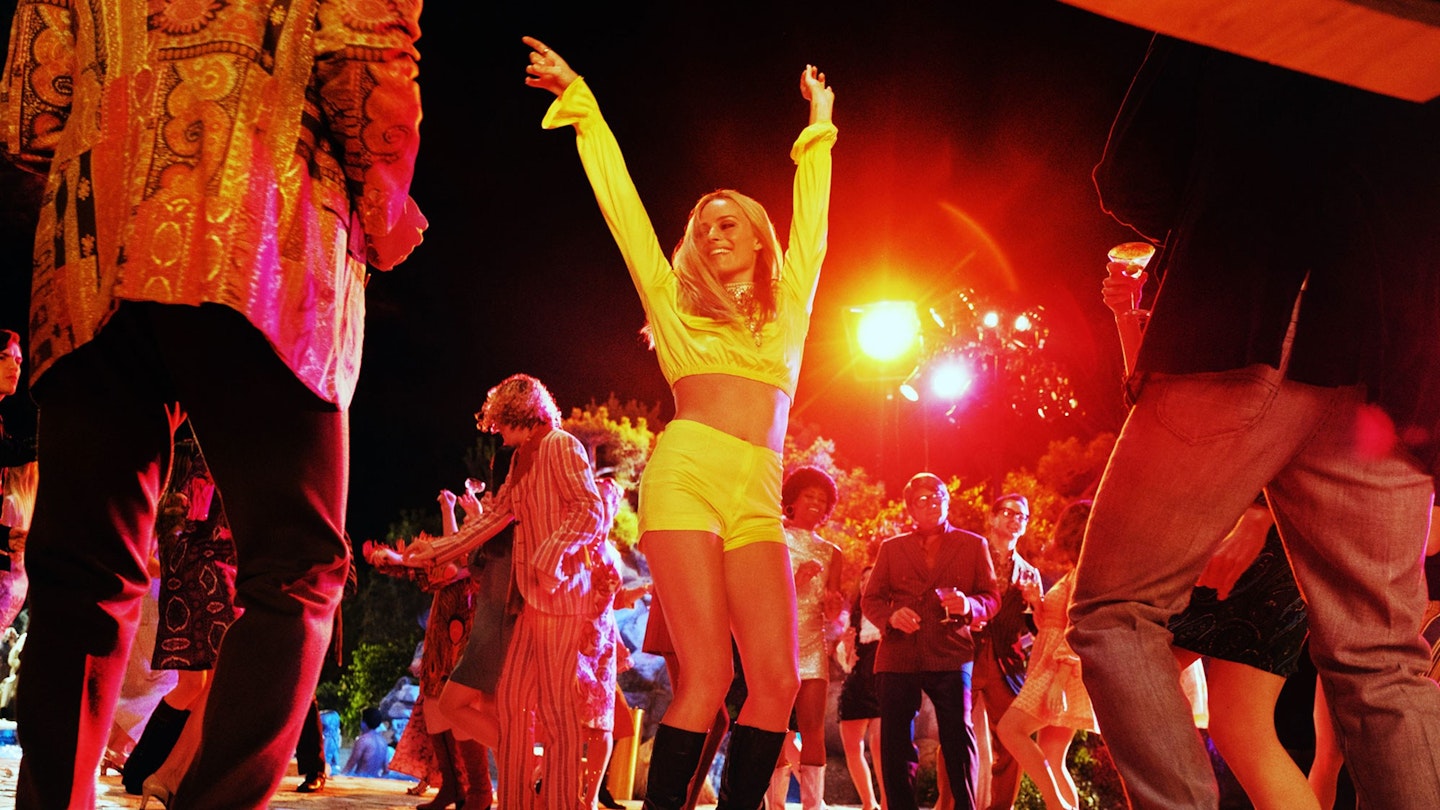
Margot Robbie plays Sharon Tate, the actress who lives next door to Rick Dalton. Tate was, in real life, a model and actress who appeared in shows like The Beverly Hillbillies and The Man From UNCLE, and in Roman Polanski's gothic horror spoof The Fearless Vampire Killers in 1967. Tate and Polanski married in 1968, the year she filmed the Dean Martin spy-comedy vehicle The Wrecking Crew. She was eight months pregnant when Manson's droogs murdered her on 8 August, 1969.
Some of the chatter about Once Upon a Time in Hollywood, post-release, has included surprise and discomfort at Tate / Robbie’s relatively small amount of screen time and dialogue in the film, and the lack of significant event in her scenes. From a feminist point of view, she’s a jarringly inconsequential presence, effectively sidelined – almost removed entirely – from what’s ostensibly her own story. This is arguably completely true: we certainly don’t get to "know" Sharon Tate in the same detail as Rick and Cliff. But it’s also part of a deliberate point Tarantino is trying to make. In a world where Sharon Tate doesn’t die on August 8, 1969, it’s a day that’s completely inconsequential in Tate’s life.
Over the six-month timespan of the movie, we see her on any number of other completely ordinary days. She isn’t working; she’s home alone and not doing much; she’s dancing; she knocks around Hollywood a bit, does some shopping, meets up with some friends; huffs about pregnancy; goes to a screening of The Wrecking Crew and is pleased by the audience reaction. On the evening of August 8 there’s some trouble next door that she isn’t involved in. If Once Upon a Time in Hollywood is about Sharon Tate in any sense, it’s about giving her that life back, and studiously not fixating on her death. To some extent, it’s actually about leaving her alone. Tate's sister Debra approved and endorsed both Robbie and the film as a whole.
Why is Bruce Lee portrayed so negatively in Once Upon a Time in Hollywood?
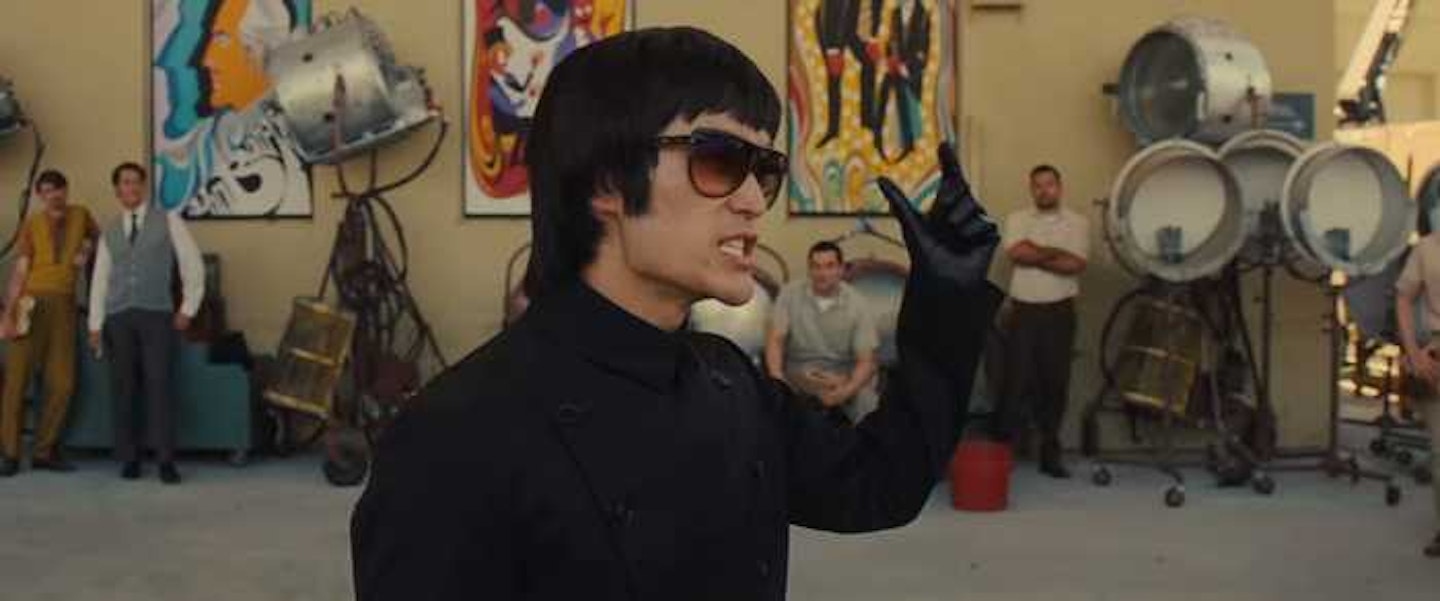
This one’s trickier to justify. Multiple biographies and the anecdotes of people that knew him tell us that Bruce Lee was a pretty cool guy. In Once Upon a Time in Hollywood, he’s a bit of a dickhead: a tiresome blow-hard that talks bollocks and seemingly can’t beat Cliff in a fight (although that fight is interrupted, so the issue is ultimately unresolved). Lee’s surviving family have been less than impressed with the scene's use of Lee purely as the "butt of a joke": a device to demonstrate Cliff’s tough-guy prowess.
Mike Moh, who plays Lee in the scene, has said that he felt "conflicted" about it, but that he was ultimately persuaded of the scene’s value (and that Lee would have won had the third of the three bouts actually played out). But Tarantino has remained unrepentant, insisting that his portrayal of Lee is accurate ("he was kind of an arrogant guy") and making the distinction between Lee’s martial arts skills and Cliff’s chops as a "warrior". "Cliff is a green beret. He isn’t part of a sport. He’s a combat person."
One thing that perhaps works in the scene's favour, however, is that it's actually a flashback, and specifically one that’s playing out in Cliff’s memory. So the Bruce Lee scene is not supposed to be an objective portrait of Lee: it’s Cliff’s perception of Lee. And Cliff didn’t like him, so that perception isn’t entirely flattering. Is Cliff a reliable narrator? That’s for the audience to decide.
Who else in the film is "real"
Like Sharon Tate and Bruce Lee, several other characters named in Once Upon a Time in Hollywood are instantly recognisable as having been drawn from real life. Damian Lewis pops up as the iconic star Steve McQueen, for example, and we also meet Roman Polanski (Rafal Zawierucha) and, briefly, Charles Manson (Damon Herriman, who also plays Charlie in the second season of David Fincher's Netflix series Mindhunter).
Jay Sebring (Emile Hirsch) was a Hollywood hairstylist, friend of Steve McQueen and former boyfriend of Sharon Tate. He was murdered at the same time as the actress, as were her friends Abigail Folger (Samantha Robinson) and Wojciech Frykowski (Costa Ronin). In the film, they all live.
Of the Mansonites, Pussycat (Margaret Qualley) is fictional, but "Tex" Watson (Austin Butler), Susan "Sexy Sadie" Atkins (Mikey Madison), Linda "Flower Child" Kasabien (Maya Hawke), Patricia "Katie" Krenwinkel (Madisen Beaty) and tyre-slasher "Clem" Grogan (James Landry Hebert) were all real, as were a dozen a more of the others. And George Spahn (Bruce Dern) really was a blind ranch owner who rented his land to studios for Western locations. Manson and the Family really did live on Spahn's property for a time.
Wayne Maunder (Luke Perry) was the real-life star of the real-life Western TV show Lancer, to which Tarantino actually bought the rights. James Stacy (Timothy Olyphant) was also a real-life Lancer cast member. And Sam Wanamaker (Nicholas Hammond) really did direct Lancer. The actor-turned-director mostly worked in the UK having fled America during the McCarthy hearings, but he undertook the Lancer gig during one of his occasional forays back to the US. He also directed Maunder in Custer.
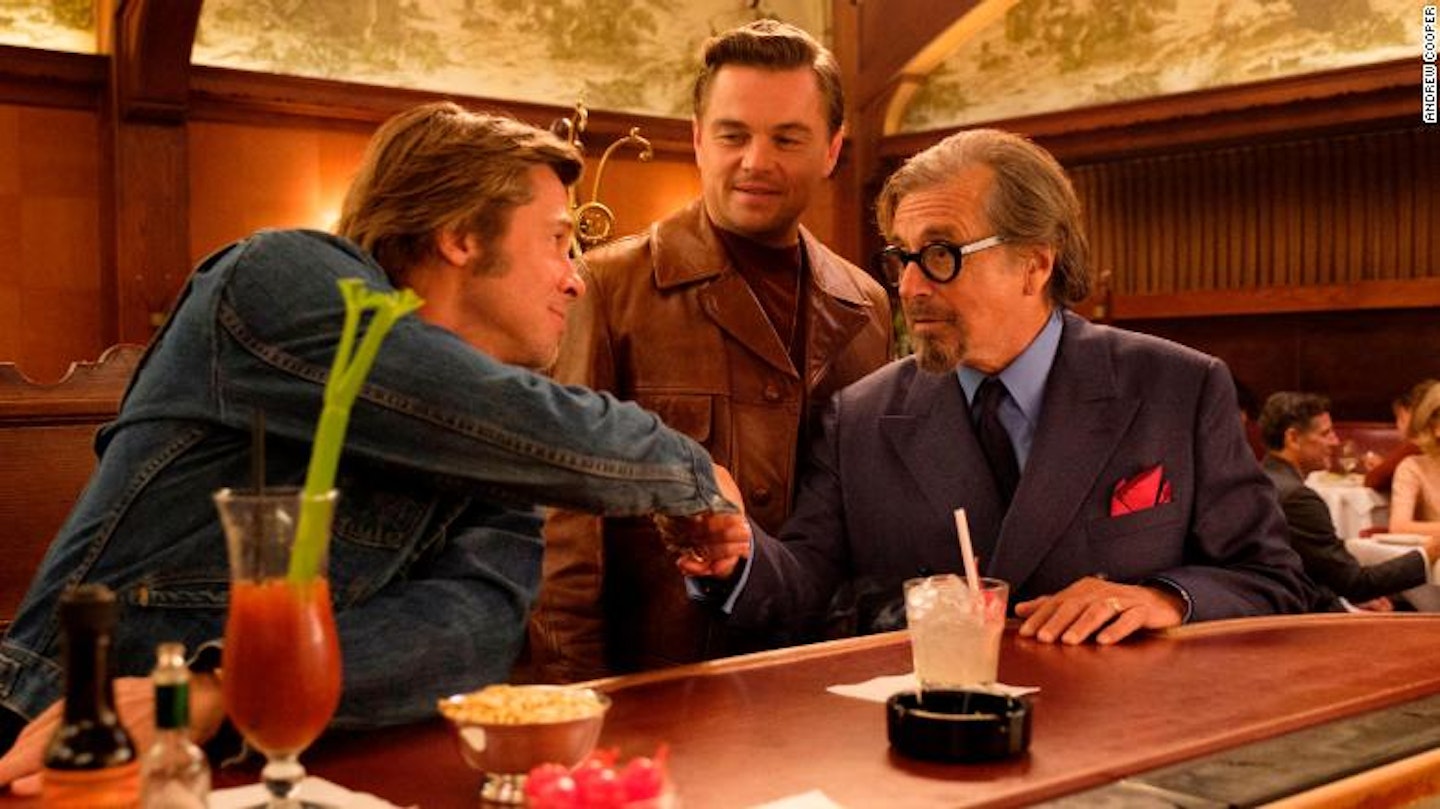
And Al Pacino plays Marvin Schwarz, Rick Dalton's agent. This is seemingly a fictional character, but there was a real Marvin Schwartz (with a t) who produced some films at around the time of Once Upon a Time in Hollywood, including Burt Reynolds' 100 Rifles. Interestingly, Schwarz/Pacino is careful to spell his name out loud on screen, as if to make sure the difference is clear.
